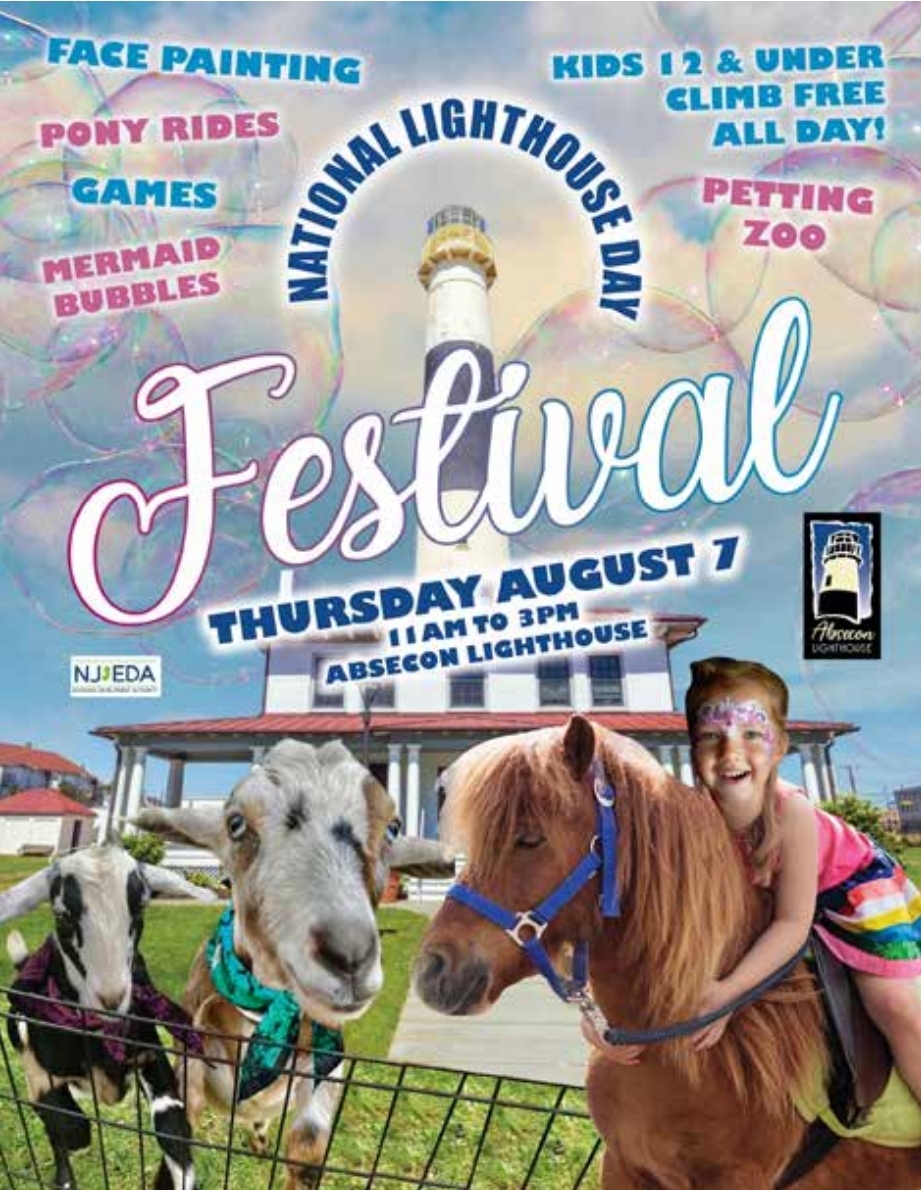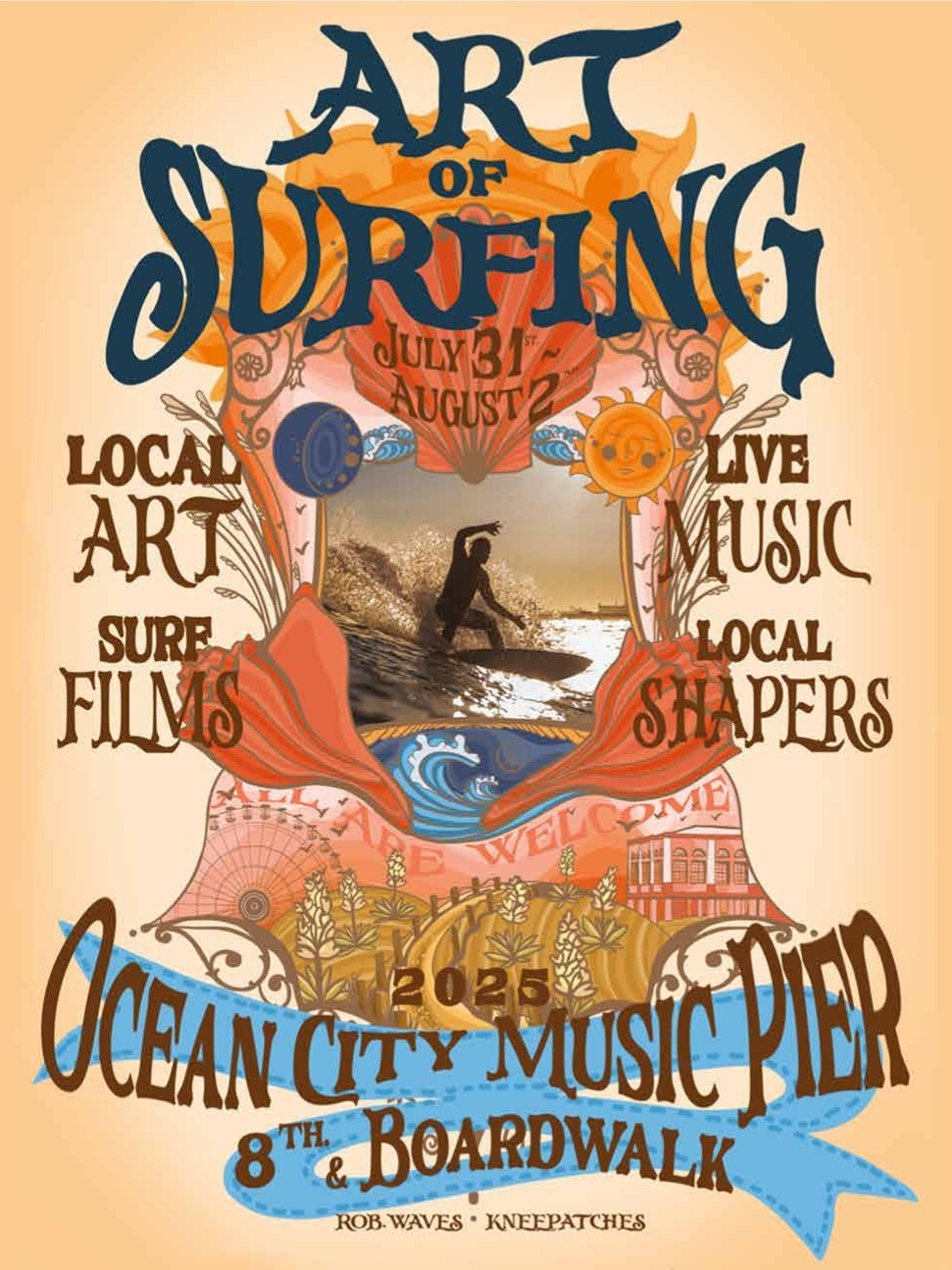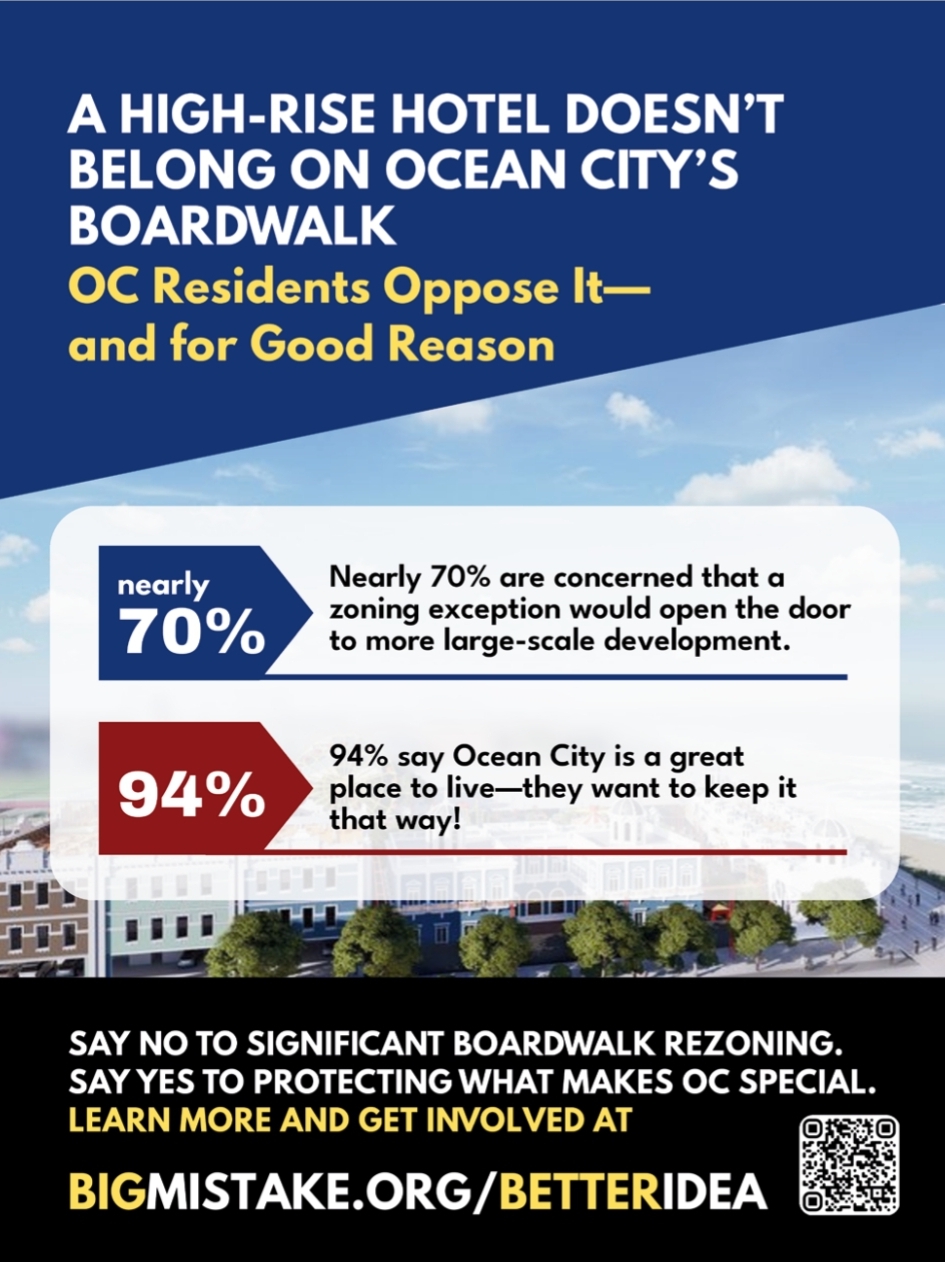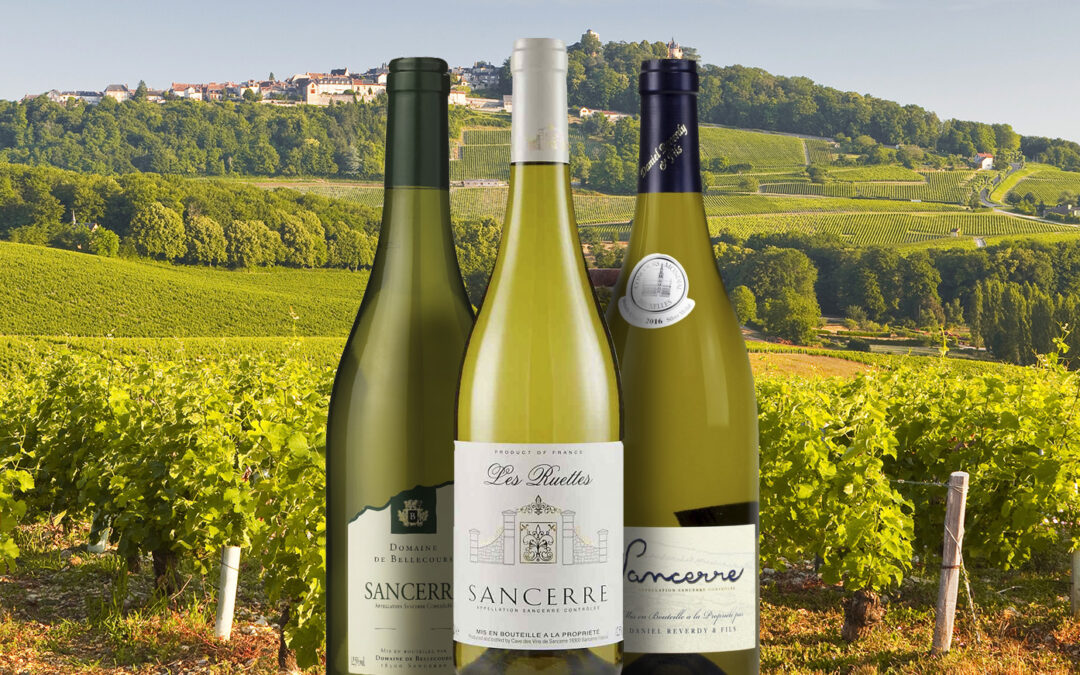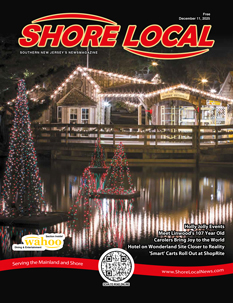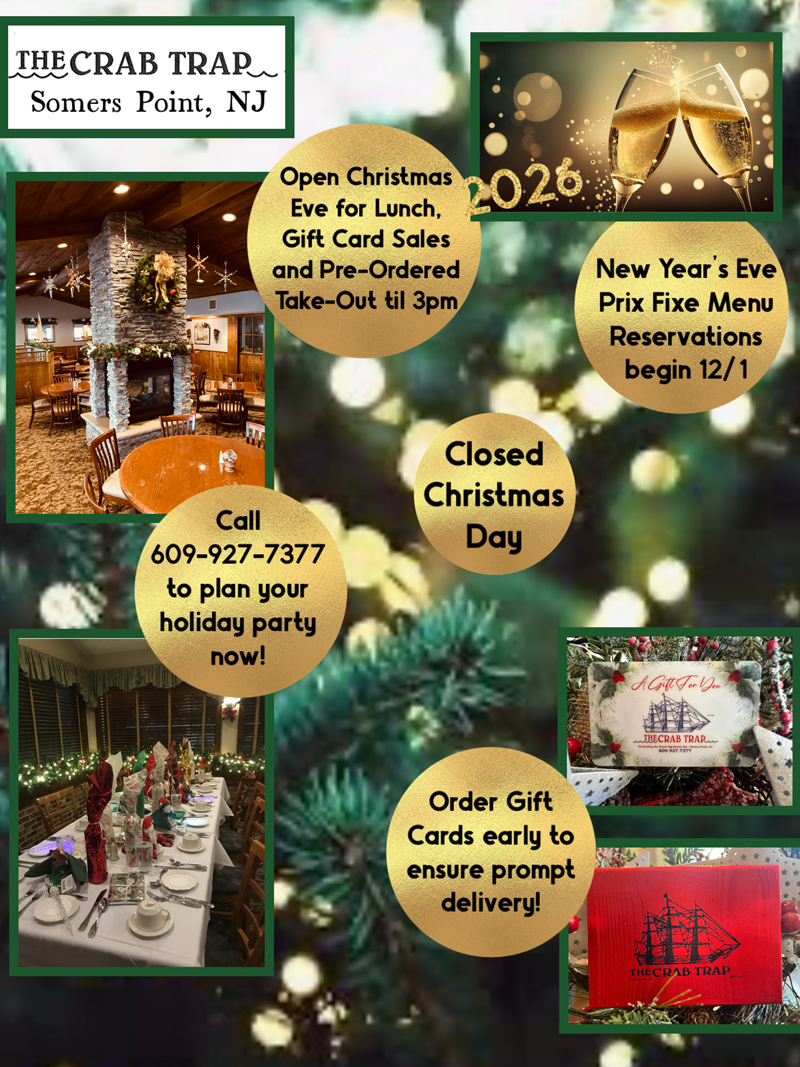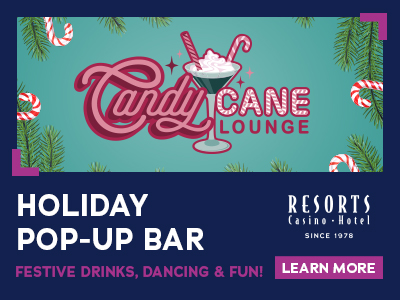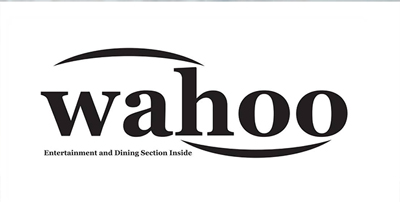Drink Up!
Last week, I discussed wines from the Touraine-Amboise, Chinon and Vouvray appellations of the mid-Loire Valley wine region, also known as the “Garden of France.” This week, I’d like to introduce you to the Sancerre, Pouilly-Fume and Muscadet wine regions of the Loire Valley.
Sancerre is a region that has become so famous that the wine produced there is better known by the name of the region rather than the grape varietal. Customers looking for a Sancerre may not realize they are actually requesting a Sauvignon Blanc. Sauvignon Blanc accounts for approximately 81% of all the grapes grown there. As famous as the wines are, however, this region is a bit off the beaten path. When my wife and I visited in May, we were surprised when the train doors opened onto grass. The Tracey-Sancerre stop is quite literally a stop, not a station! Sancerre is the epitome of pastoral beauty as a small medieval hilltop town overlooking the Loire River with a population of about 1,300 people. Of all the places we have visited in France, Sancerre had the fewest English-speaking visitors. It appears that this is much more of a getaway destination for the French and other Europeans. That said, we had no major issues communicating, and people could not have been more friendly and welcoming.
Sancerre Appellation d’origine contrôlée (AOC) is located in Centre-Val de Loire (the Central Loire Valley). This region is comprised of the area immediately surrounding the town, plus 14 nearby villages. It is the terroir, specifically the soil, of this region that makes the Sauvignon Blanc of Sancerre so outstanding. The calcareous (calcium carbonate and chalk) and silicious (silica limestone) soils are what give the region’s wines such wonderful minerality. The resulting wine is a perfect balance of fruit and minerality with a crisp, clean, fresh taste. Sancerre Sauvignon Blanc wines are dry and typically extremely low in sugar. Many wine enthusiasts consider Sancerre the world’s most perfect demonstration of Sauvignon Blanc wine, but I leave that for you to decide.
The Mellot family business
The name we saw more than any other when we visited Sancerre was “Mellot.” The Mellot family has been making wine in Sancerre for over 500 years. As young men, brothers Alphonse and Joseph Mellot worked together at Domaine La Moussiere Alphonse Mellot Wines. In 1969, Joseph broke off and established Domaine Joseph Mellot. Both have been very successful and have continued the family’s half-millennium tradition of outstanding winemaking. Try the Alphonse Mellot Sancerre La Moussiere Sauvignon Blanc to experience exactly what makes Sancerre famous. You can also try the Domaine Henri Bourgeois Sancerre Blanc or the Karine Lauverjat — Sancerre.
While Sauvignon Blanc is 81% of the grapes produced in Sancerre, the other 19% is Pinot Noir. Though not as famous as the Pinot Noir from Burgundy, the wines from Sancerre are gaining in awards and popularity every year. The Alphonse Mellot Côtes de Charité Pinot Noir will show you why. This has been one of my personal favorite Pinot Noirs for years.
Before we leave the Centre-Val de Loire, there are several other appellations worth mentioning. Menetou-Salon is located very near Sancerre and also produces Sauvignon Blanc. What makes it unique from its larger, more famous sister is, you guessed it, terroir! The soil here is called Kimmeridgian and is similar to that found in Burgundy. This soil was deposited here after the last Jurassic period. The wine is equally dry, crisp and fruity but with a touch of spice and mint. Try the Domaine Durand Menetou-Salon Blanc.
The Pouilly-Fumé and smoky wine
Also near Sancerre is Pouilly-Fumé, where Sauvignon Blanc is again the primary output, but with a different terroir once more. The soil is diverse with many of the types already discussed, but with a dominant vein of Silex. While walking through a vineyard in this region, a tour guide suggested we click two pieces of Silex rock together, which resulted in a smell similar to gunpowder. In the U.S., we call this rock flint. It adds slightly smoky notes to the white wines produced there.
We met with Pauline Pabiot at Domaine Roger Pabiot in Pouilly-Fumé during this tour. Pabiot is the fifth generation to be the president and head winemaker of the family estate. Try the Roger Pabiot Pouilly-Fumé Coteaux des Girarmes to better understand why Pouilly-Fumé wines are becoming nearly as famous as Sancerre.
Pabiot also offered us a taste of a wine that she spent four years studying in Switzerland after she graduated from university in Burgundy. Chasselas is an ancient, ancestral white grape grown in Pouilly-sur-Loire, an appellation adjacent to Pouilly-Fumé. Pabiot wanted to bring this grape back in honor of her family’s multigenerational history of winemaking. The Roger Pabiot et Fils Pouilly-sur-Loire L’Ancestral is a white wine with a unique flavor. It has slightly more body than Sauvignon Blanc and an interesting fruitiness that reminds me of dried apricot. I had never heard of the grape before our trip, and was thrilled to be able to bring it into Passion Vines for you to try.
The Muscadet region
On the opposite end of the Loire Valley, near where the river empties into the Atlantic Ocean and near the city of Nantes, is the Muscadet AOC wine region and its primary appellation, Muscadet Sevre-et-Maine. The wine produced there is known as Muscadet, but is made from a grape with an unusual name: Melon de Bourgogne. We visited a winery and were impressed by the meticulous process used to produce this wonderful wine. Upon crushing, the juice rests in holding vats for 48 hours. The temperature-controlled alcoholic fermentation then lasts 3-4 weeks. Then the wine is pumped into underground holding tanks for up to 14 months on the lees (sur lees). Lees are the dead yeast that fall to the bottom of the vat. Rather than pumping out the lees, the wine remains in contact throughout aging to enhance the flavor. Try the Domaine De La Bregeonnette Muscadet. It is great with all seafood, but is the ultimate “oyster wine.”
I hope you enjoyed our two-week dive into the Loire Valley. I absolutely love the wines of this region and hope that these articles have inspired you to try them as well. As always, contact me with any questions at dsetley@passionvines.com or stop into the store. Until next time, “Santé” and happy wining!
David Setley is enjoying his retirement from higher education as a wine educator and certified sommelier at Passion Vines in Somers Point, New Jersey.
